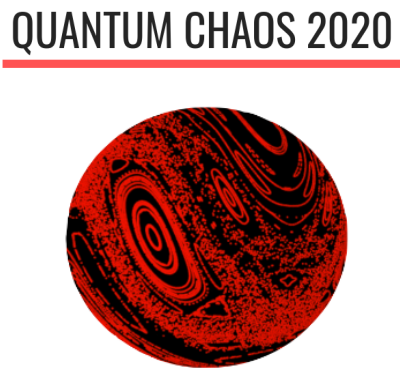News
Adiabatic landscape and optimal paths in ergodic systems
01 February 2021Our paper on Adiabatic landscape and optimal paths in ergodic systems has been published in Physical Review Research, including a short teaser on the Physical Review Research homepage!

Whether one is interested in quantum state preparation or in the design of efficient heat engines, adiabatic (reversible) transformations play a pivotal role in minimizing computational complexity and energy losses. Understanding the structure of these transformations and identifying the systems for which such transformations can be performed efficiently and quickly is therefore of primary importance. In this paper we focus on finding optimal paths in the space of couplings controlling the system's Hamiltonian. More specifically, starting from a local Hamiltonian we analyze directions in the space of couplings along which adiabatic transformations can be accurately generated by local operators, which are both realizable in experiments and easy to simulate numerically. We consider a nonintegrable 1D Ising model parametrized by two independent couplings, corresponding to longitudinal and transverse magnetic fields. We find regions in the space of couplings characterized by a very strong anisotropy of the variational adiabatic gauge potential (AGP), generating the adiabatic transformations, which allows us to define optimal adiabatic paths. We find that these paths generally terminate at singular points characterized by extensive degeneracies in the energy spectrum, splitting the parameter space into adiabatically disconnected regions. The anisotropy follows from singularities in the AGP, and we identify special robust weakly thermalizing and nonabsorbing many-body “dark” states which are annihilated by the singular part of the AGP and show that their existence extends deep into the ergodic regime.
Quantum eigenstates from classical Gibbs distributions
22 January 2021Our paper on Quantum eigenstates from classical Gibbs distributions has been published in SciPost Physics! Even better, it has been awarded the SciPost Select label, with inclusion of an extended abstract in SciPost Selections, "the highest mark of recognition given by the Editorial College". Various new results have been added to the published version compared to the preprint, including a numerical illustration of the Berry-Tabor and BGS conjectures in classical systems and extensive results for Hamiltonians including a vector potential, where we also found a way of obtaining Landau levels starting from the classical Gibbs distribution.
I'm pretty happy with how this paper has been received so far, including its inclusion in the Journal Club for Condensed Matter Physics. It also continues my positive experience with SciPost's model — where if you're interested, you can check out the paper's revision history here.

Quantum Chaos 2020
03 December 2020With 2020 coming to an end, so is the Quantum Chaos 2020 seminar series. Pablo and I concluded this series by each giving a short talk about some of our research, with Pablo presenting on Quantifying the sensitivity to errors in noisy quantum simulators, whereas I discussed Thermalization and scrambling in dual-unitary circuit models . A massive thank you to all previous speakers and to everyone watching!
For anyone wanting to learn more about quantum chaos: all previous talks remain available to watch online here.

